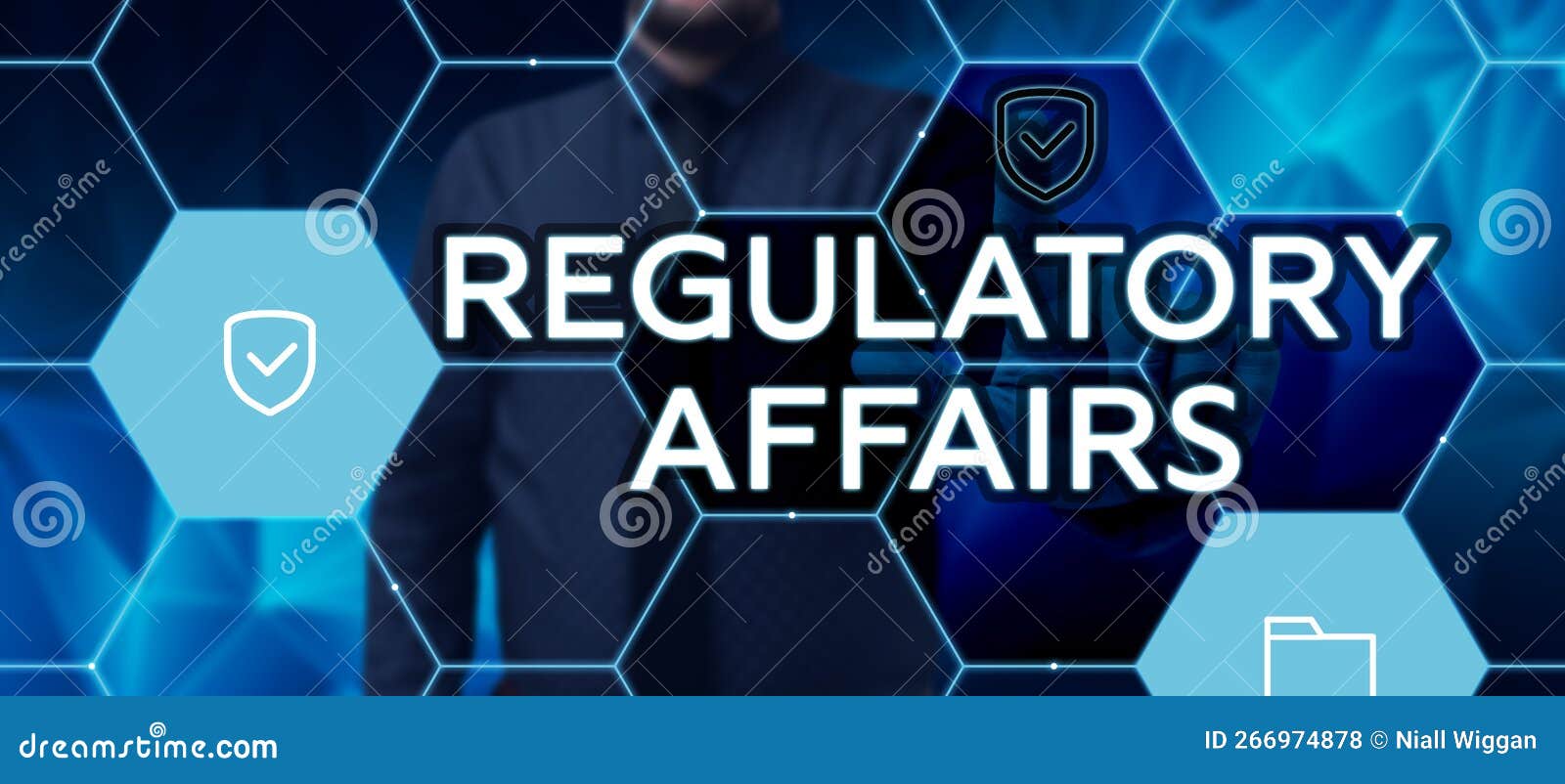
In today's increasingly interconnected world, regulatory affairs play a crucial role in ensuring that products and services comply with the diverse laws and regulations governing various regions. As businesses expand their operations globally, the complexity of navigating the regulatory landscape becomes a significant challenge. Companies must not only be aware of local regulations but also anticipate the evolving nature of international laws, which can vary drastically from one country to another.
The dynamic nature of regulatory affairs demands that organizations stay informed and agile, particularly when entering new markets. Understanding the key challenges in this field is essential for professionals looking to mitigate risks and ensure compliance. From managing inconsistent regulatory frameworks to addressing the need for transparency and ethical considerations, the landscape of international regulatory affairs presents a myriad of hurdles that require strategic planning and adept problem-solving skills.
Understanding Global Regulatory Frameworks
Navigating the landscape of global regulatory frameworks is a fundamental challenge in regulatory affairs. Different countries have unique laws and policies that govern the approval and monitoring of products, particularly in sectors like pharmaceuticals, biotechnology, and medical devices. This diversity requires regulatory professionals to be well-versed in multiple jurisdictions, understanding both the local and international regulations that impact their specific markets. As organizations expand globally, the complexity of compliance increases significantly.
One significant aspect of these frameworks is the variation in regulatory timelines and requirements for product approval. While some regions have streamlined processes aimed at fostering innovation and quicker market entry, others maintain more rigorous standards that can delay the launch of new products. Regulatory affairs professionals must therefore stay informed about these differences, anticipating potential bottlenecks and adapting their strategies accordingly to ensure successful compliance and product delivery across various markets.
Furthermore, the rapid evolution of technology and science poses additional challenges to regulatory frameworks. Emerging therapies and innovative products often outpace existing regulations, leaving gaps that can complicate approval processes. Regulatory affairs professionals must advocate for adaptive regulatory approaches that accommodate advancements while ensuring public safety. Building effective relationships with regulatory bodies becomes essential in fostering dialogue and facilitating the development of policies that keep pace with innovation.
Major Compliance Challenges
Navigating the landscape of regulatory affairs poses significant compliance challenges for organizations. One of the foremost issues involves keeping pace with the constantly evolving regulations across different regions. Regulatory frameworks can differ markedly between countries, and these variations can lead to confusion and potential misalignment for companies operating in multiple jurisdictions. This lack of harmonization necessitates a robust internal compliance strategy to ensure that all regulatory obligations are met consistently and accurately.
Another critical challenge is the increasing complexity of compliance requirements. As regulatory bodies impose more stringent guidelines, organizations must not only understand but also implement these complicated rules effectively. This complexity can be particularly daunting for smaller companies that may lack the resources or expertise to navigate intricate regulatory demands. Additionally, the stakes are high, as non-compliance can result in severe penalties, including fines and damage to reputation, underscoring the need for thorough understanding and adherence to applicable regulations.
Moreover, the integration of technology in regulatory affairs introduces both opportunities and challenges. While technology can streamline compliance processes and facilitate better data management, it also raises concerns regarding data security and privacy. Companies must ensure that their technology solutions comply with various data protection regulations while effectively managing compliance processes. This dual focus on technological innovation and regulatory adherence can strain resources, making it imperative for organizations to strike a careful balance that mitigates risk while embracing the benefits of modern solutions.
Best Practices for Navigating Regulations
Navigating the complexities of regulatory affairs requires a proactive approach to stay ahead of changes in legislation and compliance requirements. One fundamental practice is to establish a robust regulatory intelligence system. This involves continuously monitoring global and regional regulations, industry news, and updates from regulatory bodies. By leveraging various sources such as newsletters, webinars, and professional networks, organizations can anticipate regulatory shifts and prepare for the impacts they may have on their operations.
Regulatory Affairs Program
Another key practice is to foster strong relationships with regulatory authorities and industry associations. Engaging in open communication and collaboration can provide valuable insights and clarification on regulatory expectations. Regular participation in industry forums, workshops, and meetings not only enhances credibility but also facilitates networking opportunities that may lead to collaborative solutions for shared regulatory challenges. Maintaining these relationships helps organizations to advocate for favorable conditions and remain informed about emerging trends.
Finally, investing in comprehensive training for staff involved in regulatory affairs is essential. Ensuring that team members are well-versed in regulations and best practices not only improves compliance but also enhances the organization's overall efficiency. Regular training sessions, workshops, and access to up-to-date resources empower employees to navigate complex regulatory landscapes confidently. This culture of continuous learning contributes to an agile regulatory strategy that can adapt to new challenges as they arise.
 Scott Baio Then & Now!
Scott Baio Then & Now! Robert Downey Jr. Then & Now!
Robert Downey Jr. Then & Now! Romeo Miller Then & Now!
Romeo Miller Then & Now! Danica McKellar Then & Now!
Danica McKellar Then & Now! Elisabeth Shue Then & Now!
Elisabeth Shue Then & Now!